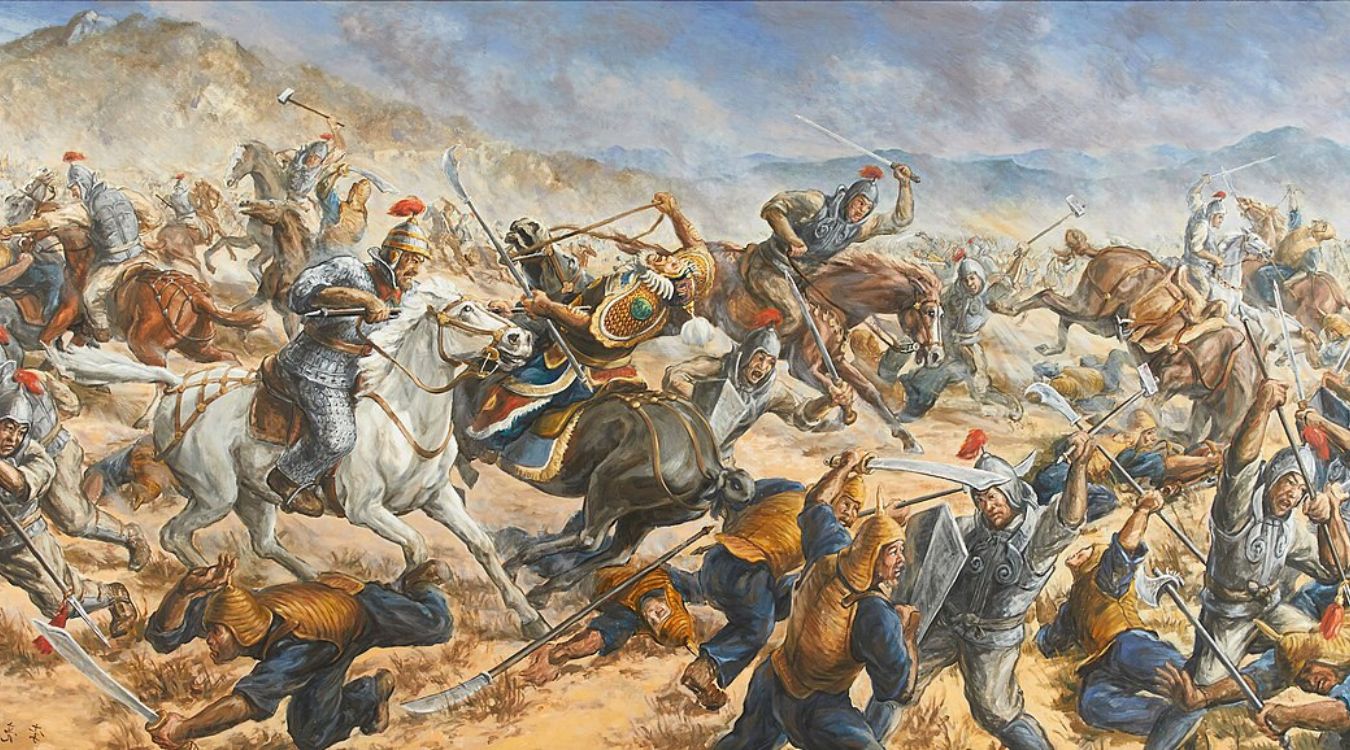
What were the Silla–Tang Wars? The Silla–Tang Wars were a series of conflicts between the Korean kingdom of Silla and the Chinese Tang dynasty during the 7th century. These wars were pivotal in shaping the history of Korea and East Asia. Initially, Silla and Tang were allies, working together to defeat the Goguryeo and Baekje kingdoms. However, after their victory, tensions rose as Tang sought to dominate the Korean Peninsula, leading to a fierce struggle for control. The wars ultimately resulted in Silla's triumph, allowing it to unify much of Korea under its rule. This period is marked by intense battles, strategic alliances, and significant cultural exchanges.
Key Takeaways:
- The Silla–Tang Wars were a series of conflicts between Korea and China, shaping the region's history and culture. Silla's victory led to Korean unification and cultural exchanges, impacting East Asia's power dynamics.
- Notable figures like General Kim Yu-sin and Queen Seondeok played crucial roles in the wars. The conflicts showcased Silla's resilience and strategic capabilities, fostering Korean identity and independence.
The Silla–Tang Wars: A Historical Overview
The Silla–Tang Wars were a series of conflicts between the Korean kingdom of Silla and the Chinese Tang dynasty. These wars played a crucial role in shaping the history of Korea and East Asia. Here are some fascinating facts about these historical events.
-
The Silla–Tang Wars occurred during the 7th century, primarily between 668 and 676 AD.
-
Silla, one of the Three Kingdoms of Korea, allied with the Tang dynasty to defeat the other Korean kingdoms, Goguryeo and Baekje.
-
After the fall of Goguryeo and Baekje, tensions rose between Silla and Tang over control of the Korean Peninsula.
-
The Tang dynasty initially supported Silla with military aid and resources to unify Korea.
-
Once Goguryeo and Baekje were defeated, Tang established military outposts in the former territories, leading to conflicts with Silla.
Key Battles and Strategies
Several key battles and strategies defined the Silla–Tang Wars. These engagements showcased the military prowess and tactical ingenuity of both sides.
-
The Battle of Maeso Fortress in 675 was a significant victory for Silla, forcing Tang forces to retreat.
-
Silla utilized guerrilla warfare tactics, taking advantage of their knowledge of the local terrain.
-
Tang forces, known for their disciplined and well-equipped army, struggled with the unfamiliar Korean landscape.
-
The naval Battle of Gibeolpo in 676 saw Silla forces defeating the Tang navy, securing control over the Yellow Sea.
-
Silla's use of fortified mountain fortresses provided strategic defensive positions against Tang attacks.
Political and Cultural Impact
The Silla–Tang Wars had lasting political and cultural impacts on both Korea and China. These conflicts reshaped the region's power dynamics and cultural exchanges.
-
Silla's victory in the wars led to the unification of most of the Korean Peninsula under Silla rule.
-
The wars weakened Tang's influence in Korea, leading to a more autonomous Korean state.
-
Cultural exchanges between Silla and Tang continued despite the conflicts, influencing Korean art, literature, and technology.
-
Silla adopted many aspects of Tang culture, including Buddhism, Confucianism, and Chinese writing systems.
-
The wars contributed to the decline of the Tang dynasty's power in East Asia.
Notable Figures
Several notable figures emerged during the Silla–Tang Wars, playing crucial roles in the conflicts and their outcomes.
-
General Kim Yu-sin, a prominent Silla military leader, played a key role in many battles against Tang forces.
-
Emperor Gaozong of Tang initially supported Silla but later sought to control the Korean Peninsula directly.
-
Queen Seondeok of Silla, one of Korea's first female rulers, strengthened Silla's position through alliances and reforms.
-
General Li Shiji, a Tang commander, led several campaigns in Korea but faced difficulties due to Silla's resistance.
-
King Munmu of Silla, who ruled during the latter part of the wars, successfully defended Silla's independence from Tang.
Legacy of the Silla–Tang Wars
The legacy of the Silla–Tang Wars continues to influence Korean and Chinese history. These conflicts left a lasting mark on the region's development.
-
The unification of Korea under Silla laid the foundation for the later Goryeo and Joseon dynasties.
-
The wars demonstrated the resilience and strategic capabilities of the Silla kingdom.
-
Tang's involvement in the wars highlighted the complexities of Chinese foreign policy during the Tang dynasty.
-
The conflicts fostered a sense of Korean identity and independence that persisted through subsequent centuries.
-
The Silla–Tang Wars are remembered as a pivotal period in East Asian history, shaping the cultural and political landscape of the region.
The Lasting Impact of the Silla–Tang Wars
The Silla–Tang Wars left a significant mark on Korean and Chinese history. These conflicts reshaped the political landscape, leading to the unification of the Korean Peninsula under the Silla Dynasty. This unification fostered a period of cultural and economic growth in Korea, laying the groundwork for future advancements.
On the other hand, the wars strained the Tang Dynasty's resources, contributing to its eventual decline. Despite the conflicts, the interactions between Silla and Tang facilitated cultural exchanges, influencing art, literature, and technology in both regions.
Understanding the Silla–Tang Wars helps us appreciate the complexities of historical relationships and their long-term effects. These wars remind us that conflict and cooperation often go hand in hand, shaping the course of history in unexpected ways. The legacy of these wars continues to influence the cultural and historical narratives of Korea and China today.
Frequently Asked Questions
Was this page helpful?
Our commitment to delivering trustworthy and engaging content is at the heart of what we do. Each fact on our site is contributed by real users like you, bringing a wealth of diverse insights and information. To ensure the highest standards of accuracy and reliability, our dedicated editors meticulously review each submission. This process guarantees that the facts we share are not only fascinating but also credible. Trust in our commitment to quality and authenticity as you explore and learn with us.
